By Penny Pawl, UC Master Gardener of Napa County
I was recently at the garden of one of my fellow Napa County Master Gardeners, Cindy Watter, and was amazed by her wonderful Brugmansias (Solanaceae) and their huge blooms.
Cindy has had these plants for several years and they continue to give her and her garden guests a wonderful floral display. Some are planted in large pots and others are in the ground.
Brugmansias are sometimes called Angel Trumpets for the large dangling flowers they produce. These flowers are scented and attract pollinating moths. One species is pollinated by hummingbirds that are able to reach deep into the hanging flowers
Cindy had given me some cuttings from her plants, and I was able to root them over the winter in my hothouse in a soil mixture created for that purpose. As winter nears, Cindy cuts her Brugmansia back to one to two feet tall. She also covers them with a fabric that protects them from cold winter nights.
We live only about 10 miles apart but in vastly different microclimates. She is in the middle of Old Town Napa and big trees grow around her garden. I live beside and behind open vineyard areas and frost can be fierce, damaging tropical plants. Brugmansia are native to Central and South America and will not survive frosts.
Napa has many microclimates. Conditions at a 200-foot elevation are different than on the valley floor.
Brugmansia no longer grow in their native areas, but because of their popularity, they have been introduced to many other areas. Some people theorize that the plants no longer grow in their native areas because the animal that spreads their seed is no longer in the area.
Brugmansia bloom in a variety of colors including white, yellow, pink, orange, green, and red. Most of these plants are hybrids, bred for various flower colors and other traits. When a test plant produces a bloom in the desired color, it is reproduced by cuttings to ensure its offspring have the same traits and flower colors. Plants grown from open-pollinated seeds often revert to their native types.
I was surprised to learn that Brugmansia are in the Nightshade family, which includes potatoes, eggplants, peppers, and tomatoes. Brugmansia are poisonous and should only be admired, not tasted. However, a tropical butterfly (Placidula euryanassa) feeds on the nectar, which makes the butterflies and their larvae taste bad to predators.
While Brugmansia are related to Datura, there are differences. Plant botanists have been debating and reclassifying these plants since the mid-1700s. Datura flowers turn up and Brugmansia blooms dangle.
Brugmansia are heavy feeders. Cindy uses a balanced fertilizer about every three weeks on the potten plants to keep them healthy and growing. Because they are native to the tropics, they also like to be kept damp. If they are stressed for water, the leaves will wilt. Plants growing in the ground don't need to be watered as often.
Planted in the garden, Brugmansia can reach 15 feet in height, but most stay under that. The flowers usually appear only on new wood above a certain height. Old wood cuttings don't flower until they have forked and reach that height. The leaves are the same size as the flowers.
Brugmansia grown in pots need to be occasionally moved to a larger container or be root-pruned while dormant, and replanted. They do well in dappled shade.
Food Growing Forum: Join Napa County Master Gardeners on Sunday, July 26, from 3 p.m. to 4 p.m., for a free Zoom forum on “Watering, Irrigation and More.” This forum on food growing will continue monthly on the last Sunday of every month, with future topics announced soon. To receive the Zoom link for the July 26 forum, register at http://ucanr.edu/FoodGrowingForum2020.
The UC Master Gardeners of Napa County are volunteers who provide University of California research-based information on home gardening. To find out more about home gardening, upcoming events or to submit gardening questions, visit the Master Gardener website (napamg.ucanr.edu). Our office is temporarily closed to walk-in questions, but we are answering questions remotely and by phone or email. Submit your gardening questions through our website, by email mastergardeners@countyofnapa.org or leave a phone message at 707-253-4143. Master Gardeners will get back to you within a few days.
Attached Images:
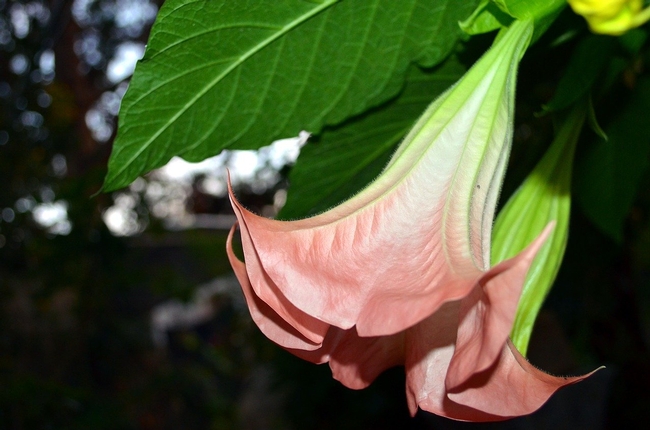
Brugmansia (Eugenio Cuppone Pixabay)
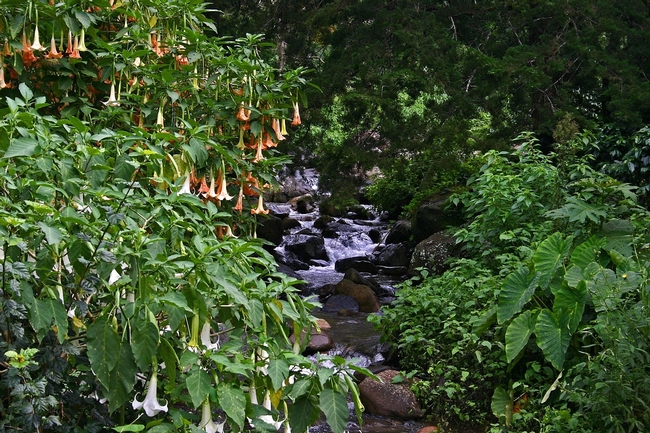
Brugmansia, Angel Trumpets aka Angel's Trumpet (Public Domain Pixabay)
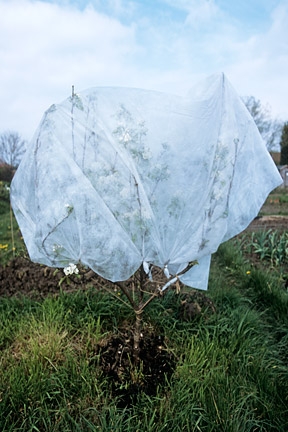
Wrapping for frost protection (RHS)
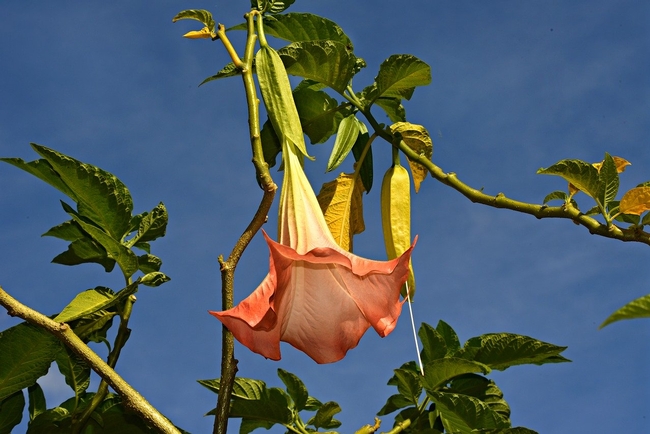
orange Brugmansia (Mabel Amber Pixabay)
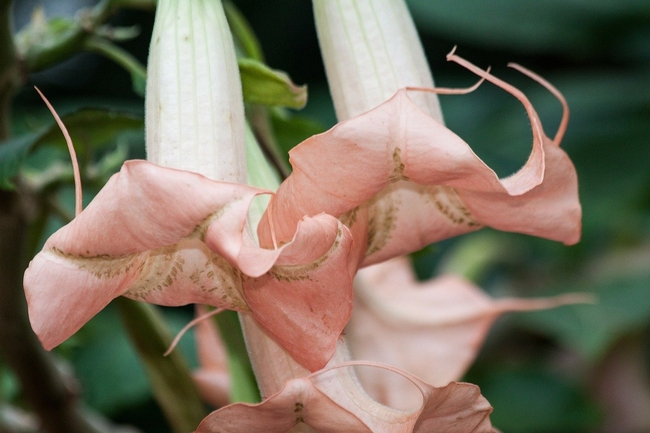
pale pink Brugmansia (Pixabay)
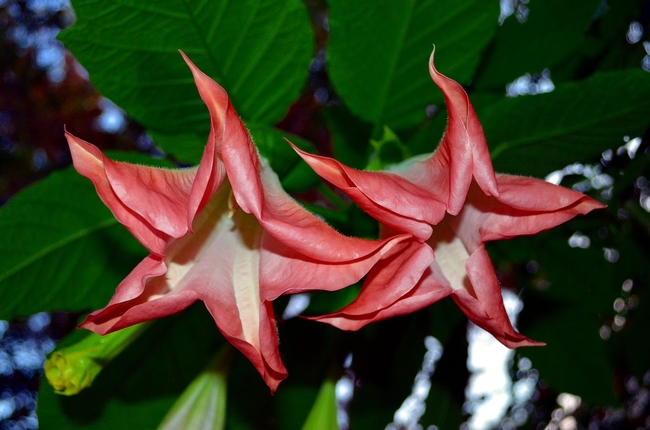
red Brugmansia (Pixabay)
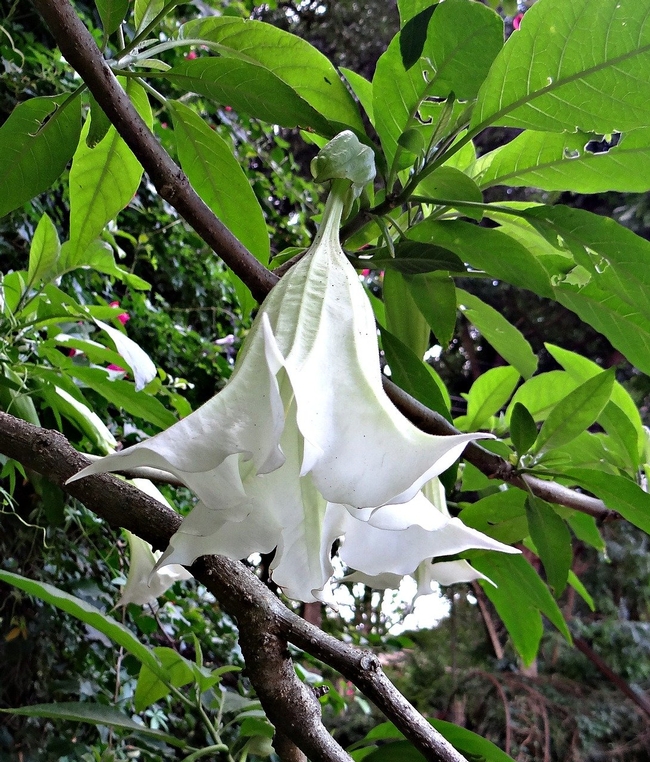
white Brugmansia (Bishnu Sarangi Pixabay)

That butterfly, Placidula euryanassa (Pinterest)
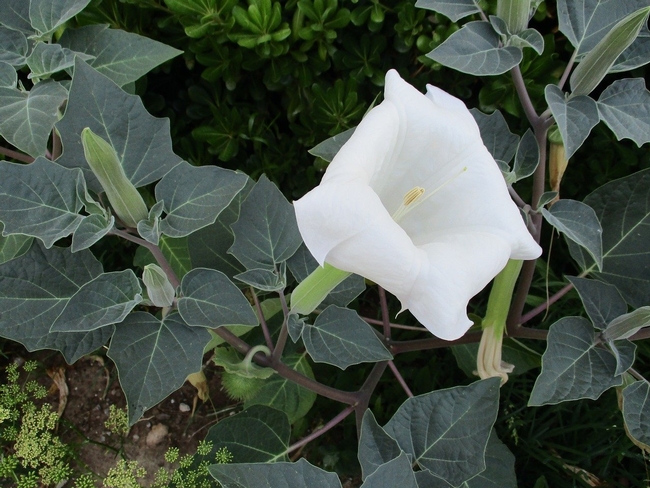
Datura, ground dwelling plant (Erin Lale Pixabay)

Balanced fertilizer means the N, P, K are all the same: 1-1-1, 5-5-5, 10-10-10, etc.(North Carolina Dept of Agriculture)
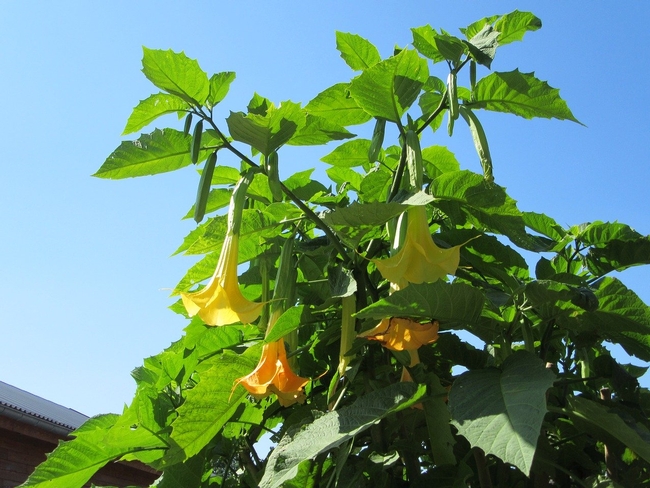
One last look at Brugmansia (FotoRieth Pixabay)
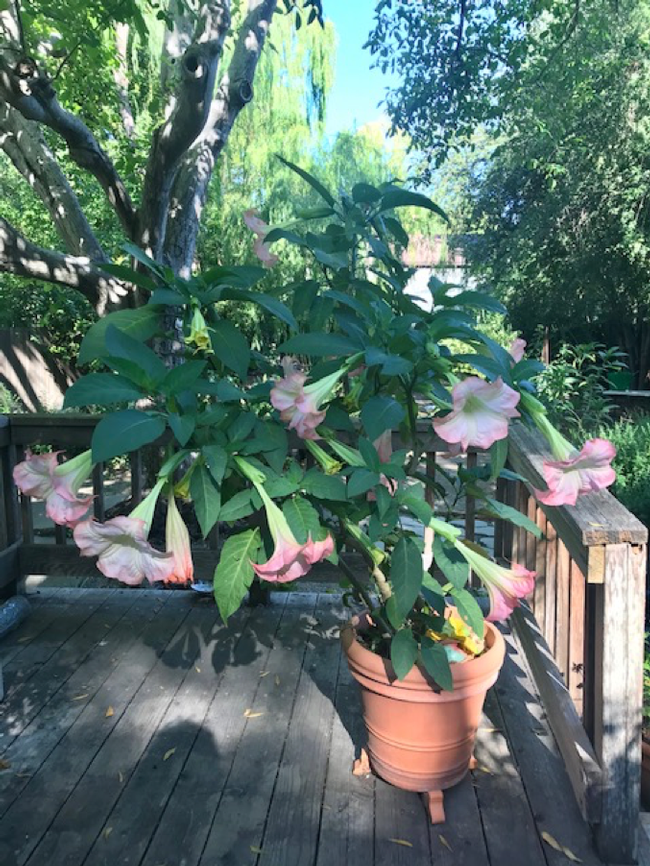
Cindy's own Brugmansia